Grow Beautiful Flowers And Healthy Peas With Companion Planting
Grow Beautiful Flowers and Healthy Peas with Companion Planting
Peas are a delicious and versatile vegetable that can be enjoyed in a variety of ways. They're also a relatively easy crop to grow, but there are a few things you can do to help them thrive. One of the best ways to do this is to practice companion planting.
Companion planting is the practice of planting certain plants together in order to benefit each other. There are a number of different ways that companion planting can help your peas, including:
- Attracting beneficial insects. Many companion plants attract beneficial insects, such as ladybugs, hoverflies, and parasitic wasps. These insects help to control pests that can damage your peas.
- Reducing the risk of disease. Some companion plants can help to reduce the risk of disease in your peas. For example, marigolds are known to repel nematodes, which can cause root rot in peas.
- Improving soil quality. Some companion plants help to improve soil quality, which can benefit your peas in a number of ways. For example, peas are nitrogen-fixing plants, which means they can add nitrogen to the soil. This can help other plants in your garden to grow better.
- Distracting pests. Some companion plants can distract pests from your peas. For example, nasturtiums are a favorite food of aphids, so planting them near your peas can help to keep the aphids away from your pea plants.
There are a number of different companion plants that can benefit peas. Some of the best include:
- Carrots. Carrots and peas are both heavy feeders, so they benefit from being planted together. Carrots also help to loosen the soil, which allows the pea plants to better access water and nutrients.
- Lettuce. Lettuce and peas have similar growing requirements, so they can be planted together without any problems. Lettuce also helps to suppress weeds, which can help to keep your pea plants healthy.
- Marigolds. Marigolds are known to repel nematodes, which can cause root rot in peas. They also attract beneficial insects, which help to control pests.
- Nasturtiums. Nasturtiums are a favorite food of aphids, so planting them near your peas can help to keep the aphids away from your pea plants. They also attract beneficial insects, which help to control pests.
- Sweet peas. Sweet peas are beautiful flowers that can add a touch of color to your garden. They also attract beneficial insects, which help to control pests.
When choosing companion plants for your peas, it's important to consider the specific needs of your plants. For example, if you're planting peas in a shady spot, you'll want to choose companion plants that also thrive in shade.
It's also important to avoid planting peas near plants that compete for the same resources. For example, you should avoid planting peas near beans, as both plants are heavy feeders.
Companion planting is a great way to help your peas thrive. By planting the right companion plants together, you can attract beneficial insects, reduce the risk of disease, improve soil quality, and distract pests. This will help your peas to grow healthy and produce a bountiful harvest.
Peas are a delicious and nutritious vegetable that can be grown in many different climates. But did you know that there are certain flowers that can help peas grow even better?
That's right, companion planting is a great way to improve the health and productivity of your pea plants. By planting certain flowers near your peas, you can attract beneficial insects, deter pests, and improve the soil quality.
Some of the best companion flowers for peas include:
- Marigolds: Marigolds are known for their insect-repelling properties. They can help to keep pests like aphids and beetles away from your pea plants.
- Nasturtiums: Nasturtiums are another great insect-repelling flower. They also attract beneficial insects like ladybugs and lacewings, which can help to control pests.
- Sweet alyssum: Sweet alyssum is a fragrant flower that attracts pollinators like bees and butterflies. These pollinators help to pollinate your pea plants, which will lead to a better harvest.
- Chives: Chives are a member of the onion family, and they can help to improve the soil quality around your pea plants. They also help to deter pests like slugs and snails.
If you're looking for ways to improve the health and productivity of your pea plants, companion planting is a great option. To learn more about companion flowers for peas, visit Garden Wiki.
FAQ of companion flowers for peas
What are the best companion flowers for peas?
Some of the best companion flowers for peas include:
- Nasturtiums: Nasturtiums help to repel aphids, spider mites, and whiteflies, all of which can be pests of peas. They also attract pollinators, which help to pollinate the pea flowers and improve yields.
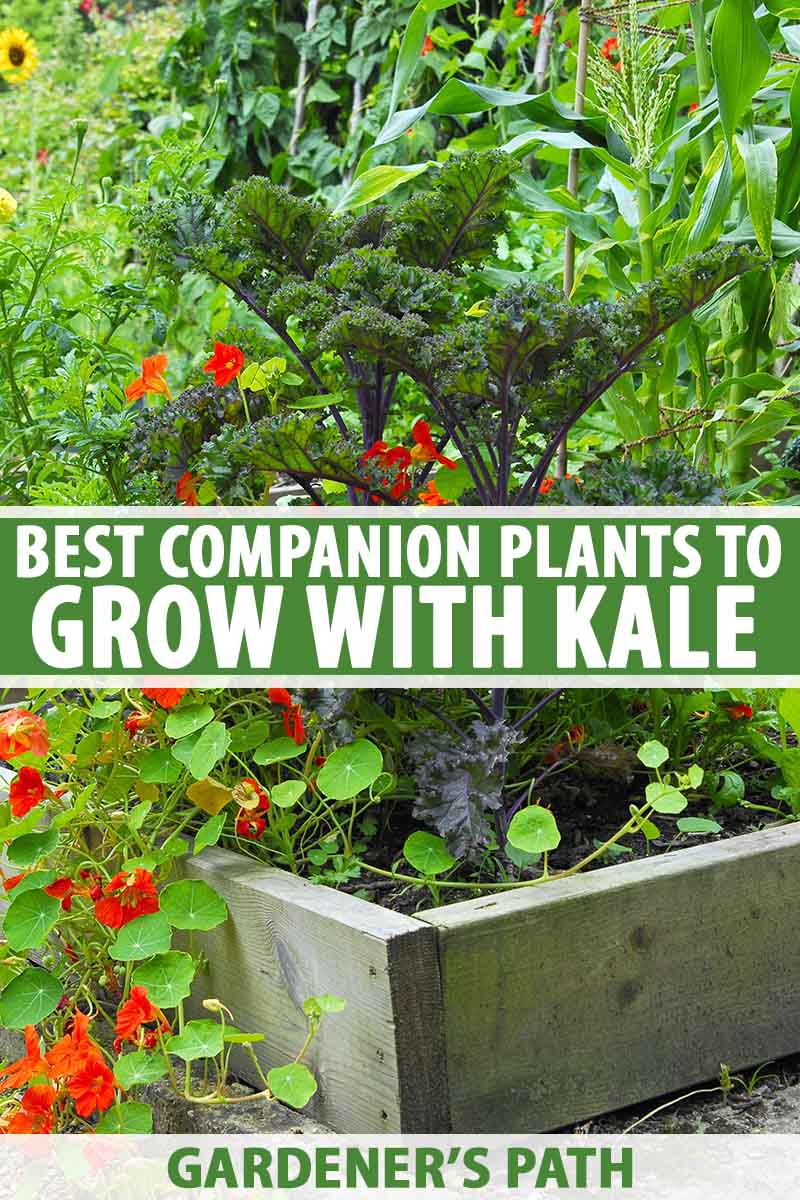
- Marigolds: Marigolds help to repel nematodes, which can be harmful to pea roots. They also attract pollinators, just like nasturtiums.
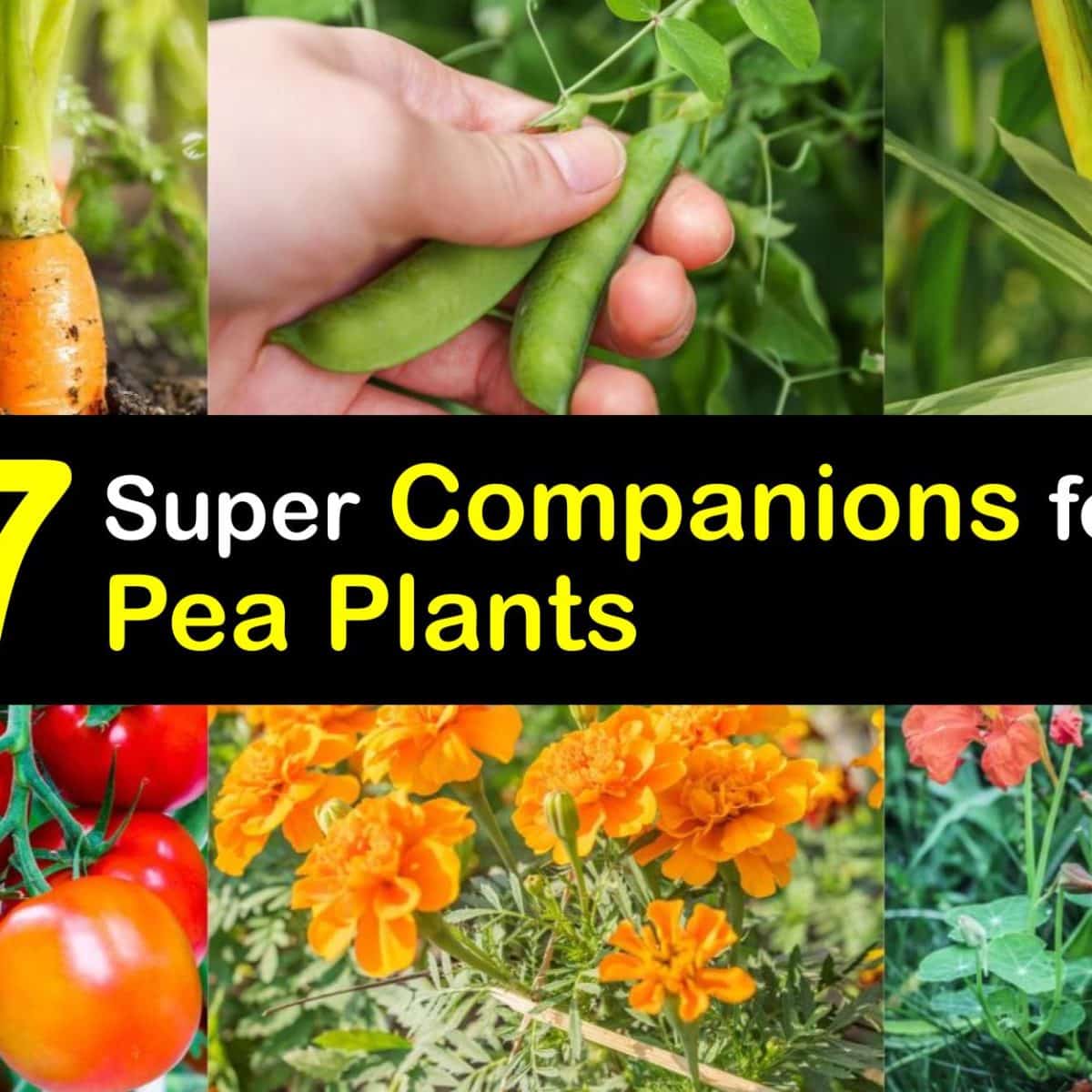
- Borage: Borage attracts pollinators, such as bees and butterflies, which help to pollinate the pea flowers and improve yields. It also produces nectar that helps to attract hoverflies, which are natural predators of aphids.

- Sweet alyssum: Sweet alyssum helps to repel aphids, cabbage loopers, and other pests. It also attracts pollinators, just like nasturtiums and marigolds.
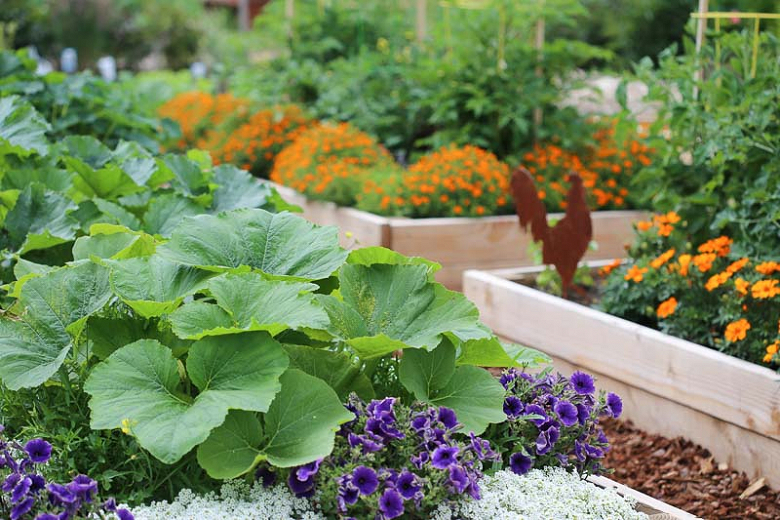
- Potatoes: Potatoes help to suppress weeds, which can compete with peas for water and nutrients. They also provide shade for pea plants on hot days.
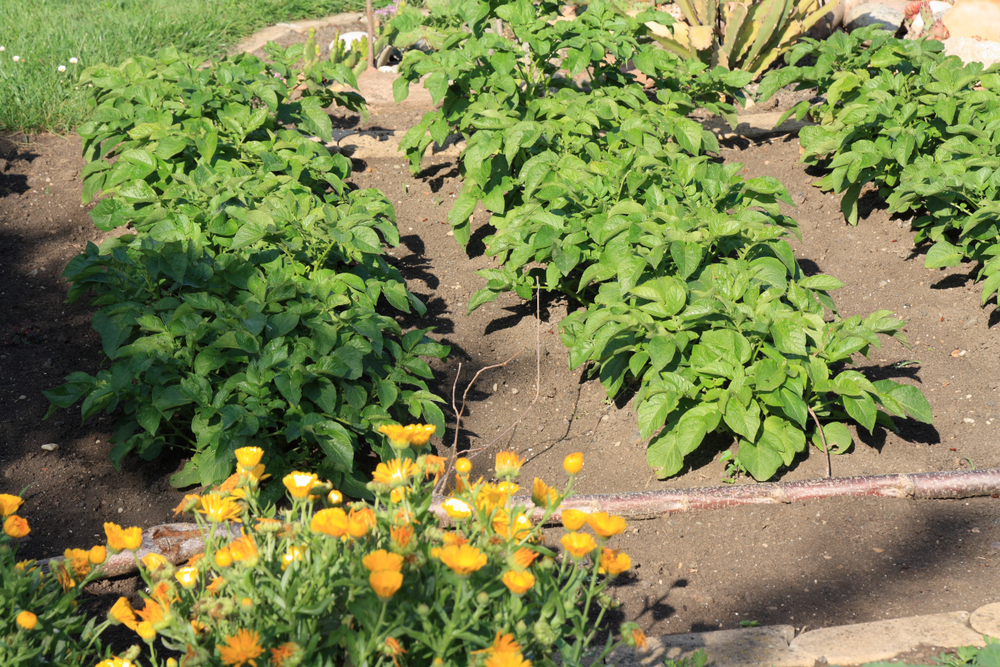
What are the benefits of planting companion flowers with peas?
There are several benefits to planting companion flowers with peas, including:
- Increased pollination: Companion flowers can attract pollinators, such as bees and butterflies, which help to pollinate the pea flowers and improve yields.
- Reduced pest pressure: Some companion flowers, such as nasturtiums and marigolds, help to repel pests that can damage pea plants.
- Improved soil health: Some companion flowers, such as borage, can help to improve soil health by fixing nitrogen in the soil.
- Enhanced aesthetics: Companion flowers can add beauty and interest to a pea garden.
What are some companion flowers that I should avoid planting with peas?
There are a few companion flowers that you should avoid planting with peas, including:
- Onions: Onions can suppress the growth of pea plants.
- Garlic: Garlic can suppress the growth of pea plants.
- Chives: Chives can suppress the growth of pea plants.
- Cabbage: Cabbage can attract pests that can damage pea plants.
- Broccoli: Broccoli can attract pests that can damage pea plants.
How far apart should I plant companion flowers with peas?
The spacing between companion flowers and peas will vary depending on the specific plants involved. However, as a general rule of thumb, you should plant companion flowers at least 12 inches away from pea plants. This will help to ensure that the companion flowers have enough space to grow and thrive.
Image of companion flowers for peas
Here are 5 different images of companion flowers for peas from Pinterest:
- Nasturtiums: Nasturtiums are a great companion plant for peas because they deter pests like aphids and whiteflies. They also attract pollinators, which help to improve the pea plant's fruit production.

- Marigolds: Marigolds are another good companion plant for peas because they help to repel nematodes, which can damage pea roots. They also produce a substance that helps to improve the pea plant's resistance to diseases.

- Borage: Borage is a flowering herb that is known for its insect-repelling properties. It also attracts pollinators, and its leaves can be eaten in salads or cooked like spinach.

- Sweet alyssum: Sweet alyssum is a low-growing annual that is covered in tiny, white flowers. It is a great companion plant for peas because it helps to suppress weeds and attract pollinators.

- Lavender: Lavender is a beautiful and fragrant herb that is also a good companion plant for peas. It helps to repel pests and attract pollinators.
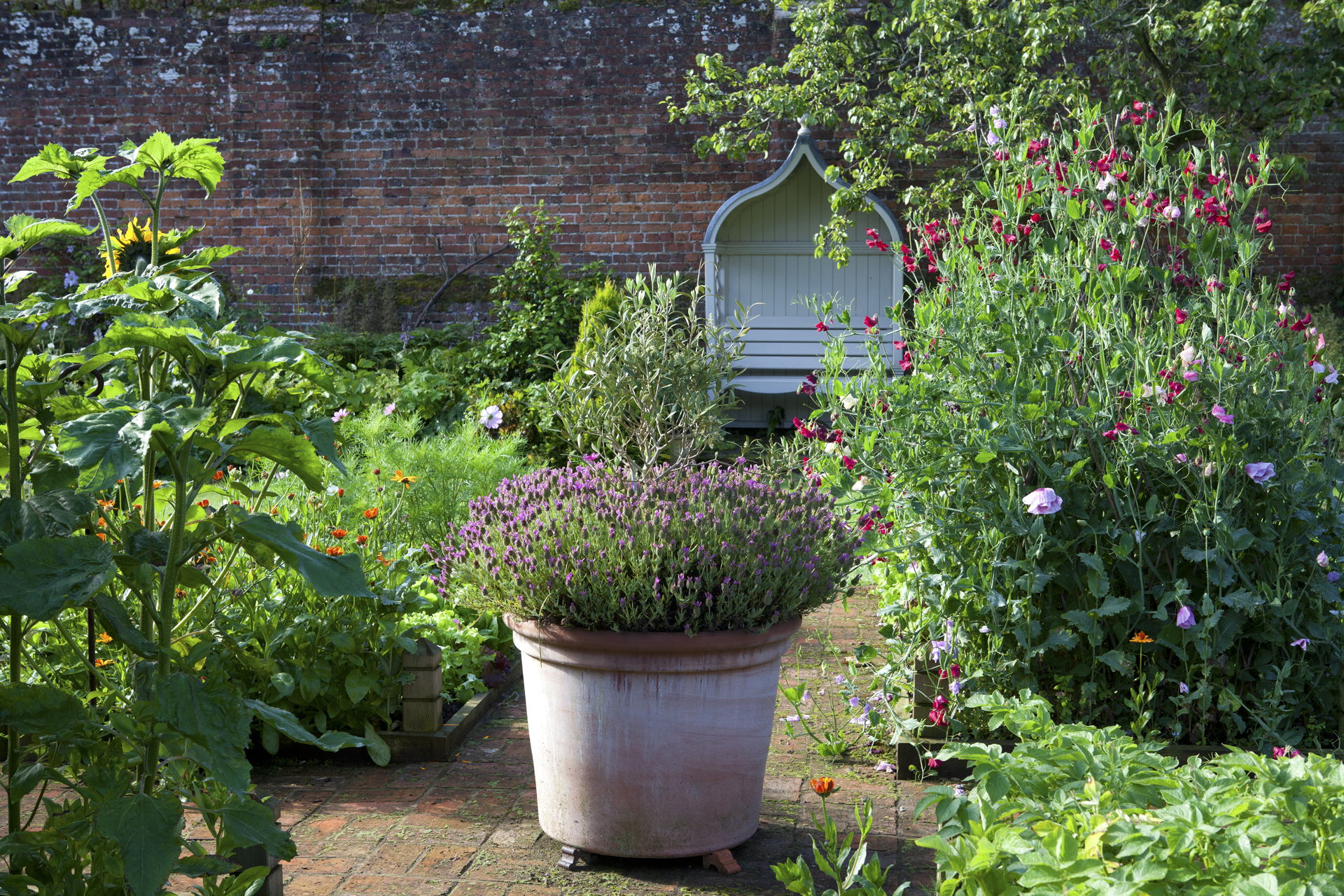
Post a Comment for "Grow Beautiful Flowers And Healthy Peas With Companion Planting"